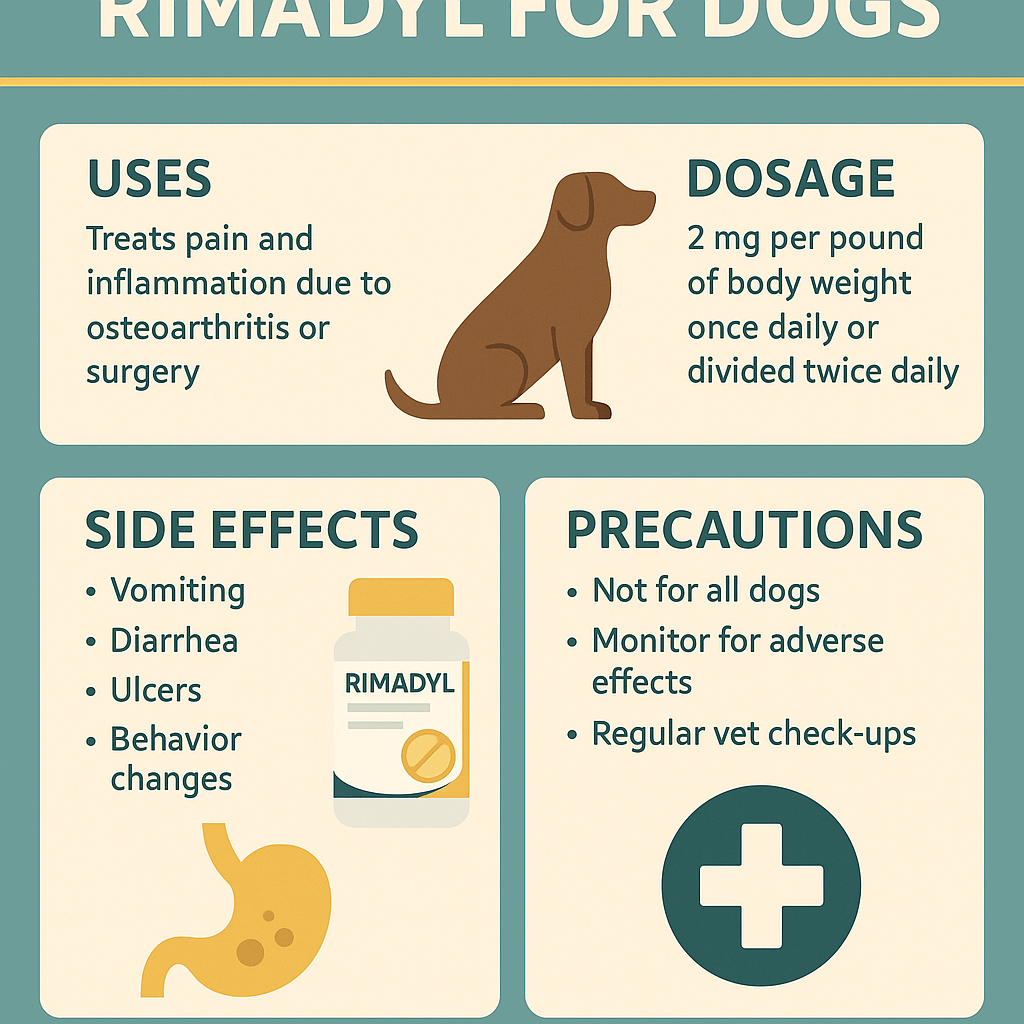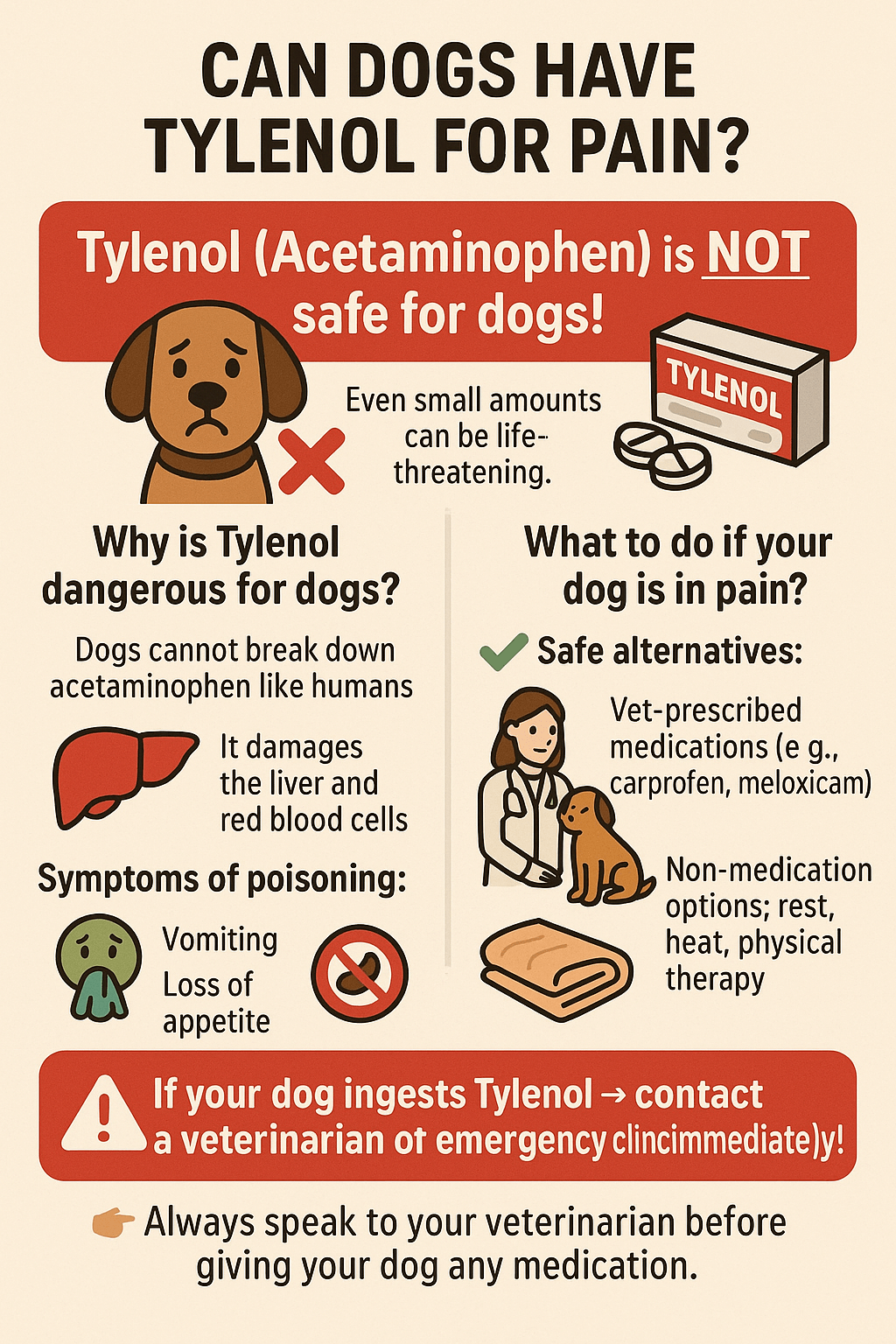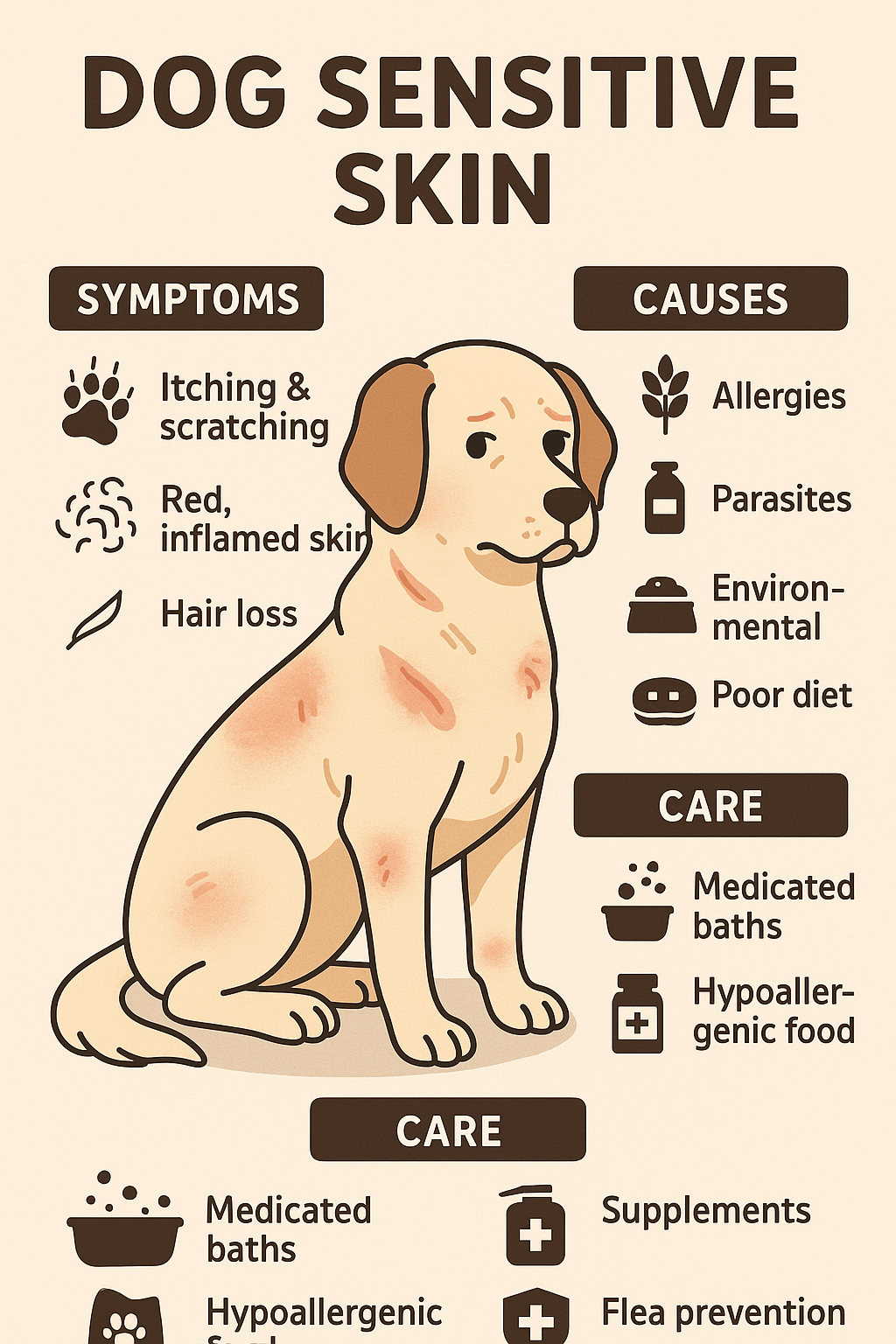Dog Fleas vs Cat Fleas: What’s the Difference and Why It Matters
Fleas are a common nuisance for pet owners, whether you have a dog, a cat, or both. But did you know that not all fleas are the same? While dog fleas and cat fleas share many similarities, they also have distinct characteristics that can impact how you manage and treat flea infestations in your home. Understanding the differences between dog fleas and cat fleas is key to keeping your furry friends comfortable and flea-free. In this blog post, we’ll explore what sets these tiny pests apart, how to identify them, and the best ways to prevent and eliminate fleas from your household.
Key Differences Between Dog Fleas and Cat Fleas
Although dog fleas and cat fleas may seem similar at first glance, there are subtle differences that set them apart. Here’s what you need to know about each type of flea:
Scientific Names: Dog fleas are known as Ctenocephalides canis , while cat fleas are called Ctenocephalides felis .
Preferred Hosts: Despite their names, cat fleas are more commonly found on dogs than dog fleas, making cat fleas the primary culprit in most pet flea infestations.
Size and Appearance: Both types of fleas are small, reddish-brown, and wingless, but cat fleas tend to be slightly smaller and more agile.
Biting Behavior: Cat fleas are known to bite humans more frequently than dog fleas, which prefer animal hosts.
Reproduction Rates: Cat fleas reproduce faster and lay more eggs, making infestations harder to control if left untreated.
Understanding these distinctions helps explain why cat fleas are often the main offenders in flea problems. Proper identification is crucial for effective treatment.
Signs Your Pet Has Fleas: Dog Fleas vs Cat Fleas
Detecting a flea problem early is essential for minimizing discomfort and preventing a full-blown infestation. Here are some signs to look out for, regardless of whether your pet has dog fleas or cat fleas:
Excessive Scratching or Licking: Flea bites cause intense itching, leading pets to scratch or chew at their skin excessively.
Visible Fleas or Flea Dirt: Check your pet’s fur for tiny black specks (flea dirt) or actual fleas jumping around.
Hair Loss or Bald Patches: Constant scratching can result in patches of missing fur, especially around the base of the tail or neck.
Red, Irritated Skin: Flea bites often cause redness, inflammation, or even allergic reactions in sensitive pets.
Behavioral Changes: Pets with fleas may become restless, irritable, or unusually lethargic due to discomfort.
Whether dealing with dog fleas or cat fleas, these symptoms indicate the need for prompt action to protect your pet’s health and comfort.
Check this guide 👉Cat Poop vs Dog Poop: Best 7 Expert Tips!

Dog Fleas (Ctenocephalides canis ) | Cat Fleas (Ctenocephalides felis ) |
|---|---|
Less common than cat fleas | Most prevalent flea species affecting pets |
Prefers dogs as hosts but can infest cats | Can infest both dogs and cats easily |
Larger size, slower movement | Smaller size, highly agile |
Rarely bites humans | Known to bite humans frequently |
Slower reproduction rate | Reproduces rapidly, laying up to 50 eggs per day |
How to Prevent Fleas on Dogs and Cats
Prevention is always better than dealing with an infestation. Taking proactive steps can help keep both dog fleas and cat fleas at bay. Here are some effective prevention strategies:
Use Flea Prevention Products: Apply vet-recommended topical treatments, collars, or oral medications regularly to repel fleas.
Maintain a Clean Environment: Vacuum carpets, upholstery, and pet bedding frequently to remove flea eggs and larvae.
Bathe Your Pets Regularly: Use flea shampoos or gentle cleansers designed for pets to keep their coats clean and pest-free.
Groom Your Pets Daily: Brushing your dog or cat helps detect fleas early and removes loose fur where fleas might hide.
Treat Your Yard: Use pet-safe insecticides or natural repellents to eliminate fleas from outdoor areas where your pets play.
By incorporating these practices into your routine, you can significantly reduce the risk of flea infestations in your home.
Treating a Flea Infestation: Steps to Take
If your pet already has fleas, swift action is necessary to stop the cycle of infestation. Here’s a step-by-step guide to addressing the problem effectively:
Consult Your Veterinarian: Seek professional advice to determine the best treatment plan for your specific situation.
Apply Flea Treatment: Use vet-approved products to kill adult fleas and prevent new ones from hatching.
Wash All Bedding and Fabrics: Launder your pet’s bedding, blankets, and any fabrics they come into contact with in hot water.
Vacuum Thoroughly: Focus on areas where your pet spends time, including furniture, rugs, and cracks in flooring. Dispose of vacuum bags immediately.
Monitor for Recurrence: Keep an eye on your pet and home for several weeks to ensure the infestation doesn’t return.
Addressing a flea infestation requires patience and persistence, but following these steps will help restore peace to your household.
Exploring Pet-Safe Alternatives to Chemical Treatments
For pet owners seeking natural solutions, there are several remedies that can help deter fleas without relying on chemical treatments. While these options may not be as potent as veterinary products, they can complement your flea control efforts. Here are some natural remedies to consider:
Diatomaceous Earth: Sprinkle food-grade diatomaceous earth on carpets and pet bedding to dehydrate fleas naturally.
Essential Oils (Diluted): Use oils like lavender or cedarwood in a diluted spray to repel fleas, but always consult your vet first.
Apple Cider Vinegar: Mix with water and apply it to your pet’s coat as a natural flea repellent.
Herbal Flea Collars: Opt for collars infused with natural herbs like rosemary or peppermint for mild flea prevention.
Frequent Combing: Use a fine-toothed flea comb daily to physically remove fleas and their eggs from your pet’s fur.
While natural remedies can reduce flea populations, they work best when combined with regular cleaning and monitoring. Always prioritize your pet’s safety and consult a vet before trying new methods.
Understanding the Flea Lifecycle to Break the Infestation Cycle
To effectively combat fleas, it’s essential to understand their lifecycle, which consists of four stages: egg, larva, pupa, and adult. Breaking this cycle is key to preventing reinfestation. Here’s what you need to know about each stage:
Eggs: Fleas lay up to 50 eggs per day, which fall off your pet and spread throughout your home.
Larvae: Eggs hatch into larvae, which feed on flea dirt (adult flea feces) and organic debris in carpets and cracks.
Pupae: Larvae spin cocoons and enter the pupal stage, where they can remain dormant for weeks or months.
Adults: Emerging adults jump onto hosts, feeding on blood and starting the cycle anew.
Environmental Impact: Up to 95% of the flea population lives in your environment, not on your pet, making thorough cleaning crucial.
By targeting all stages of the flea lifecycle, you can eliminate infestations more effectively and prevent future outbreaks.
How to Identify and Address Fleas in Your Environment
Even if your pets appear flea-free, your home might still harbor fleas. Detecting an environmental infestation early can save you time and effort in eradicating it. Here are signs that fleas have taken up residence in your home:
Bites on Humans: Small, itchy red bumps, often clustered around ankles or legs, indicate flea activity.
Flea Dirt on Furniture: Black specks resembling pepper on upholstery or pet bedding are a telltale sign of fleas.
Pets Acting Restless: If your pet seems uncomfortable despite no visible fleas, your home may be infested.
Increased Vacuum Debris: Finding excessive dirt or debris in your vacuum cleaner could mean flea eggs or larvae are present.
Sudden Flea Sightings: Seeing fleas jumping on floors, carpets, or furniture confirms an active infestation.
Recognizing these signs allows you to act quickly and implement a comprehensive flea control plan. Combining pet treatments with environmental cleaning ensures long-term success.
Frequently Asked Questions About Dog Fleas vs Cat Fleas
Are dog fleas and cat fleas the same species?
No, they are different species (Ctenocephalides canis for dogs and Ctenocephalides felis for cats).
Can cat fleas live on dogs?
Yes, cat fleas can infest dogs and are actually the most common type of flea found on both animals.
Do fleas bite humans?
Yes, especially cat fleas, which are more likely to bite humans compared to dog fleas.
How long do fleas live?
Adult fleas can live up to a few weeks, but eggs and larvae can survive much longer in the environment.
What’s the best way to get rid of fleas?
Combining veterinary treatments, thorough cleaning, and environmental control is the most effective approach.
Final Thoughts: Keeping Your Pets Flea-Free
Dealing with dog fleas or cat fleas can be frustrating, but understanding the differences between them and knowing how to prevent and treat infestations makes the task manageable. By staying vigilant and taking proactive measures, you can protect your pets from the discomfort and health risks associated with fleas. Remember, consistency is key—regular grooming, cleaning, and preventative care go a long way in maintaining a flea-free home. With the right strategies in place, you and your furry companions can enjoy a happy, itch-free life together.
Rimadyl for Dogs: Best 7 Expert Tips! Discover expert advice on using Rimadyl safely, managing pain, and improving your dog’s mobility with trusted veterinary insights.
Can Dogs Have Tylenol for Pain? Best 7 Expert Tips! Discover the risks, safe alternatives, and expert advice on managing your dog’s pain effectively while avoiding harmful medications.
Understanding Hemophilia in Dogs: Best 7 Expert Tips! Discover expert advice on managing hemophilia, recognizing symptoms, and ensuring your dog’s well-being with practical care strategies.
Understanding Dog Sensitive Skin: Best 7 Expert Tips! Discover expert advice on managing dog sensitive skin, relieving irritation, and improving your pup’s comfort with practical solutions.





